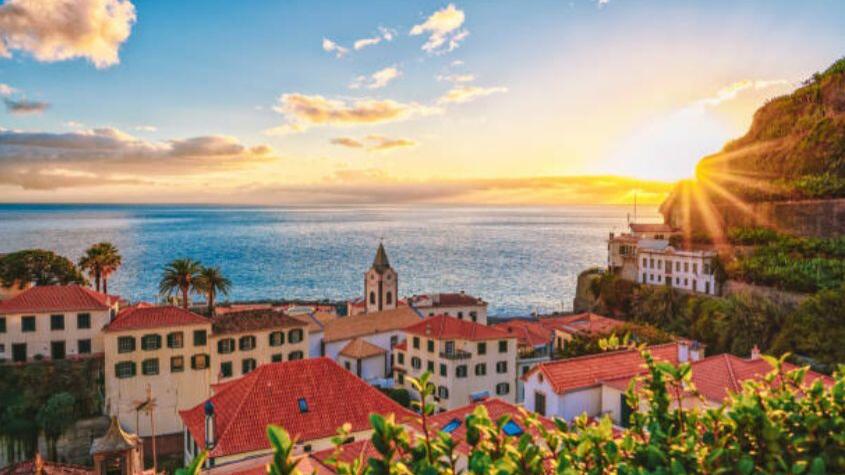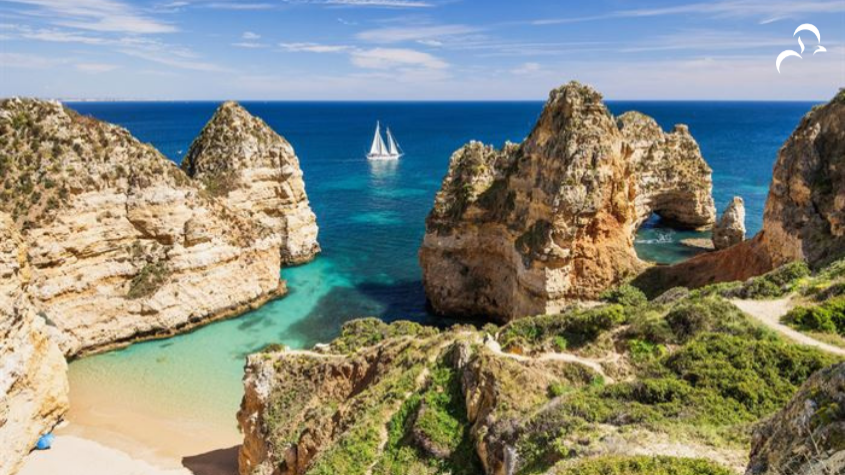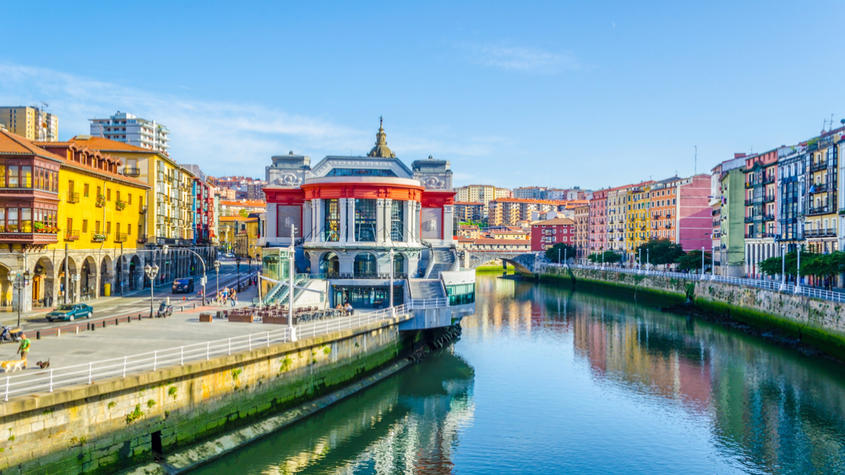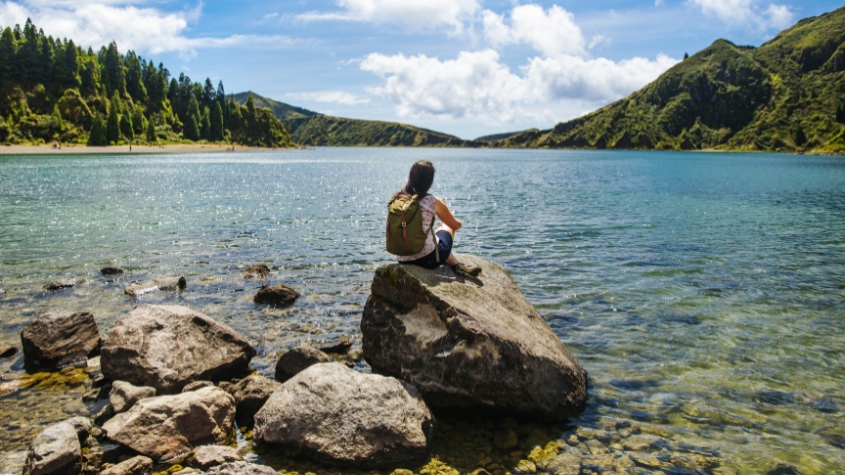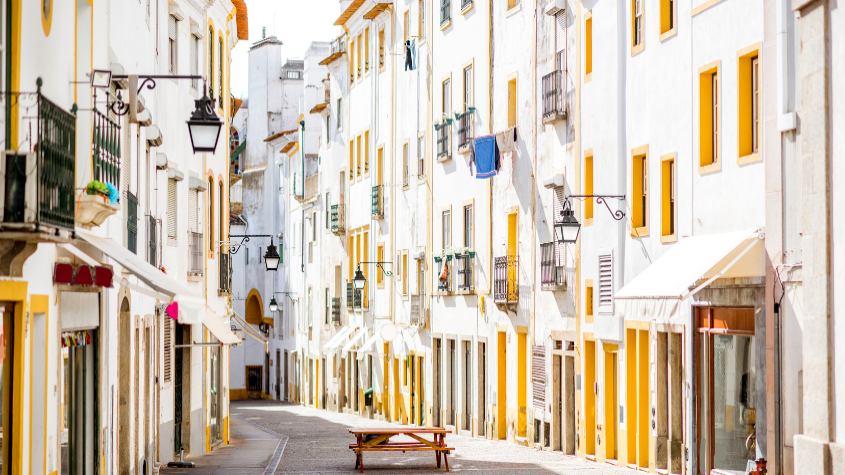
Why visit the Alentejo in southern Portugal?
It’s Portugal's largest region. It’s covered by a stunningly diverse rural and urban landscape. A hot, dry climate prevails. And the tranquility of the life that is led there and of its people is unparalleled in any other part of the country.
The Alentejo can be visited all year round due to its mild climate and low rainfall. Just note that if you decide to visit in the height of summer, especially inland, you may experience scorching temperatures.
Come and find out why Alentejo is worth a visit.
A region rich in UNESCO Heritage
In the Alentejo, UNESCO Heritage is medieval, star-shaped, can sing, and is molded in clay. Its richness and historical and cultural importance have earned it the classification of some of its sites and traditions as UNESCO World or Intangible Heritage. Do you know which ones?
UNESCO World Heritage Sites

Évora: The city of Évora was classified as a UNESCO World Heritage Site in 1986 due to the good state of conservation of its historic center, which incorporates Roman, Medieval, and Renaissance architectural styles. This authentic city museum contains well-preserved emblematic sites such as the Roman Temple, the Évora Cathedral, and the Chapel of Bones. Throughout its history, Évora has also had periods of Jewish and Islamic influence, visible in the charming narrow streets of the historic center. Don't miss the opportunity to take a tour of Évora and discover all its secrets.
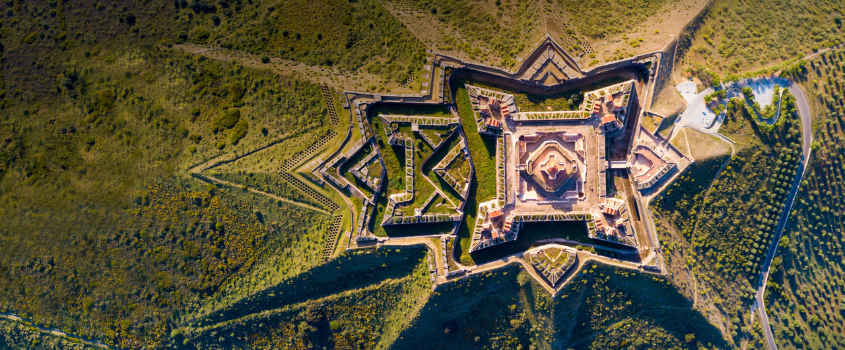
Elvas: To visit Elvas is to witness the glory of Europe's largest fortified city. The city's military past is very evident in its walled surroundings, with the Forts of Graça and Santa Luzia, and the Forts of São Domingos, São Pedro, and São Mamede. The most interesting peculiarity of these walls is that they are shaped like a star, giving the city a cartoonish and unique appearance when seen from above. Here you'll also find the Elvas Aqueduct, a Renaissance work of impressive proportions. In 2012, Elvas was recognized as a UNESCO World Heritage Site due to its incredible system of fortifications and historic center, which are in an excellent state of preservation.
UNESCO Intangible Cultural Heritage
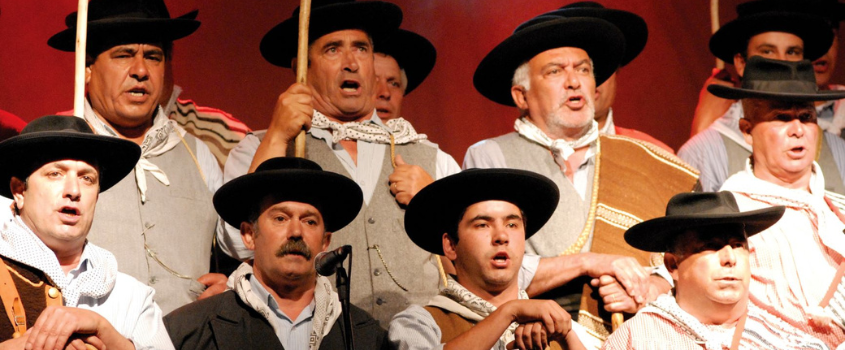
Cante Alentejano: Amateur male or mixed choral groups with vibrant voices sing in unison, a cappella, to bring Cante Alentejano to life. Melodies and oral poetry (modes) make up the repertoire, and the lyrics explore themes of rural life, work in the fields, love, motherhood, religion, and changes in the cultural and social context. At the risk of disappearing, Cante Alentejano was classified as an Intangible Cultural Heritage by UNESCO in 2014, a way of preserving this tradition. Undoubtedly a sound experience you don't want to miss.

Clay Dolls of Estremoz: An enchanting art that harks back to the 17th century, the Clay Dolls of Estremoz are made by hand using an artisanal technique and go through several stages: modeling, drying, painting, and firing. With different themes, they represent religious figures, scenes from everyday life, or cultural and historical events. Their cultural importance and unique craftsmanship elevated them to UNESCO Intangible Cultural Heritage in 2017. One of these Dolls could be the ideal souvenir to take home from a visit to Estremoz.
Alentejo's strong historical heritage
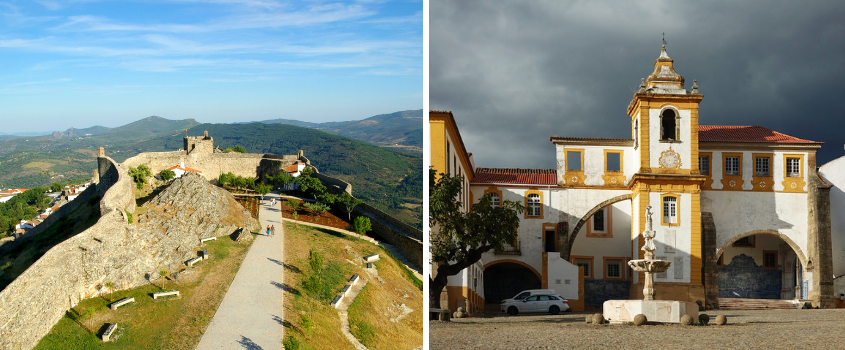
Portugal was once the land of kings and queens, and the Alentejo is proof of that. The architectural heritage of this region is vast, with traces of its medieval past, the modern age, and even the Paleolithic and Neolithic periods. In the town of Marvão, you can find the Marvão Castle, a medieval building dating from the 13th century and one of the region's main attractions. It offers spectacular panoramic views of the surrounding landscape. Another example is the Vide Castle in Castelo de Vide, which played a crucial role in border defenses during the Restoration War and is located at the top of the town. The São Bernardo Convent in Portalegre is also worth a look, due to its baroque style and impressive works of art and architectural details. And if you want to go even further back in time, the Escoural Cave in Montemor-o-Novo has rock art and remains from the Paleolithic and Neolithic periods.
Alentejo’s cuisine and wines
There's no gastronomy like it!
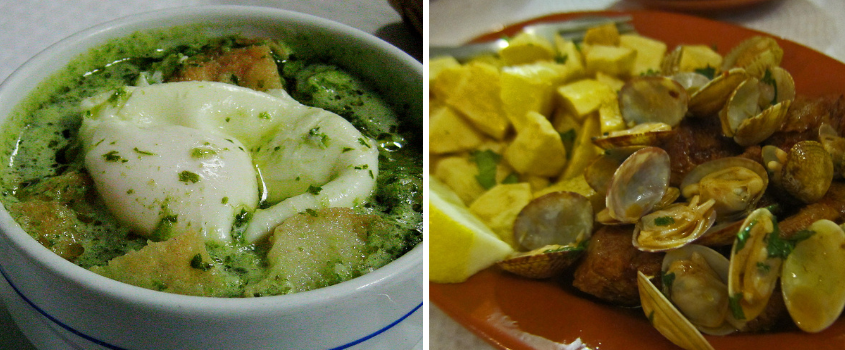
Rich, varied, tasty, and intense, Alentejo’s cuisine leaves a mark of authenticity and tradition on its various dishes, reflecting the culture and way of life of the region. The use of local products combined with traditional preparation methods gives rise to a unique culinary experience, capable of strengthening the connection with the land.
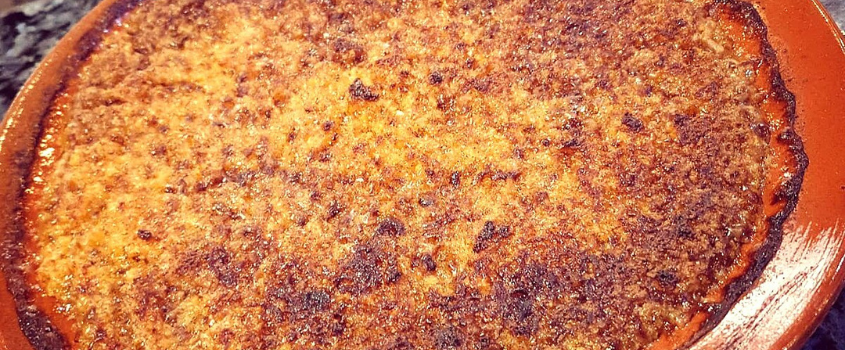
The main dishes include migas, açorda, lamb stew, Alentejo-style pork, and partridge à convento da cartuxa. Sausages, cheeses, olive oil, and bread are also very popular. As far as sweets are concerned, the Alentejo doesn't fall short either. The sweet tooth can indulge in a good sericaia, encharcada, or bolo podre, which is rotten (podre) in name only.
And to go with it... a good Alentejo wine
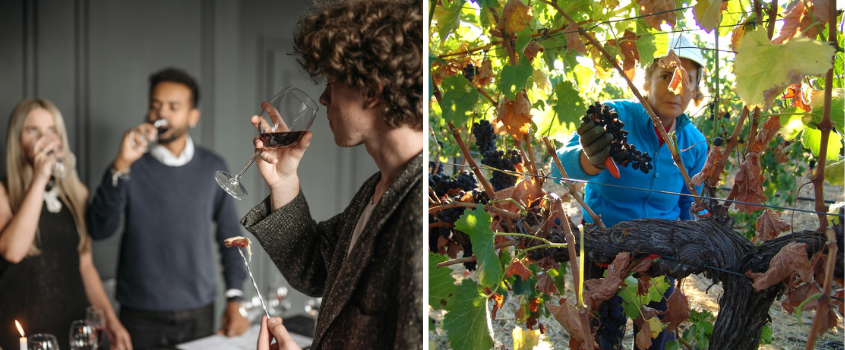
Whether red, white, rosé, or sparkling, the Alentejo wine-growing region offers a variety of wines with very distinct personalities and flavors. This is due to the favorable climate, the diversity of soils, and the rugged terrain of the area, which together favor the cultivation of a wide variety of grapes. If you want to follow the wine production process up close, you can visit Adega José de Sousa in Monsaraz, Quinta do Quetzal in Vidigueira, or Herdade da Malhadinha Nova in Albernoa, for example. If you prefer to taste a good gin, you can visit the Sharish Gin Distillery and learn about all the stages of its production. But if watching isn't enough, you'll have the opportunity to take part in harvests, wine-tasting courses, and wine festivals, such as the Wines of Alentejo Festival in Évora, the Vine and Wine Festival in Borba or the Portalegre Harvest Festival.
Modernity and tradition
Get to know the Dam that changed the Alentejo: Alqueva
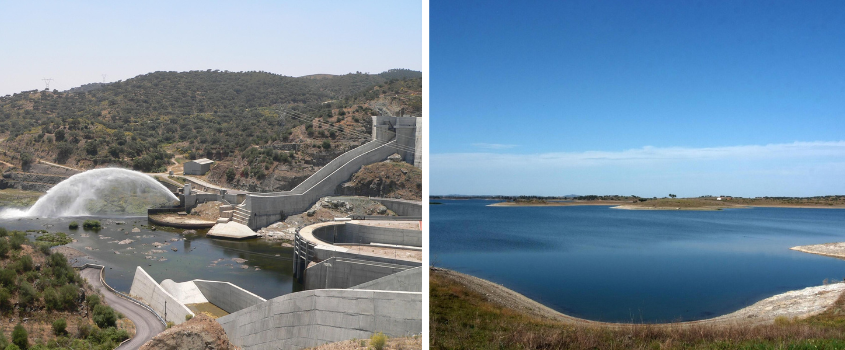
Considered one of the largest hydraulic engineering projects in Europe, the Alqueva Dam gave rise to Europe's largest artificial lake, the Alqueva Lake, which would revolutionize the region, both in terms of tourism and the economy. With its impressive size and capacity, the Dam boosted Alentejo's agricultural activity, the water supply for the population, and the production of hydroelectric power. The formation of Alqueva Lake implemented various water activities that have become part of the range of entertainment options in the area, such as canoeing, boat trips, fishing, and sailing. All reasons to choose Alqueva for a fun time or simply to enjoy the calm and beauty of the Lake.
The carpets that put Arraiolos on the map
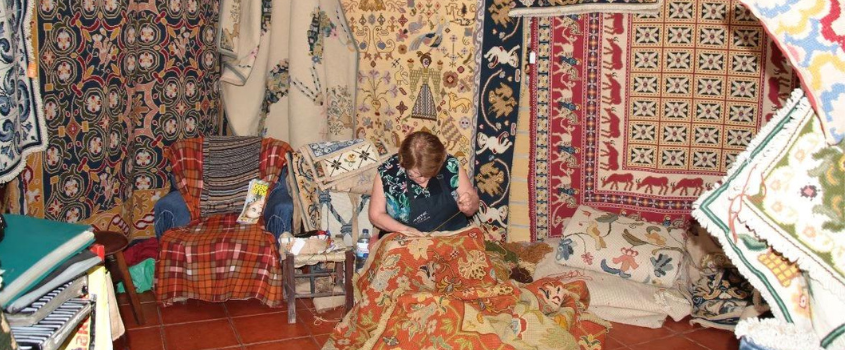
It is said that it was the Moors who brought the Arraiolos Carpet technique to Portugal in the 17th century, and it has undergone changes over the centuries due to the influence of Ottoman and Persian cultures. Passed down from generation to generation, this artisanal technique requires meticulous work and attention to detail, as all the rugs are embroidered by hand on wool fabric, usually by women. The design varies and is characterized by brightly colored patterns with floral, geometric, or arabesque motifs. To celebrate and preserve this tradition, the Arraiolos Carpet Interpretive Center was created, which tells the story of the carpets and where exhibitions are often held.
The amazing Alentejo landscapes
A countryside that stretches as far as the eye can see? Check. Stunning historic towns? Check. Wild and unspoiled coastline? Also check. The variety of the Alentejo landscape almost makes you believe you're looking at different regions. The scenery varies so much, from the north to the south, that you must see it to believe it. Do you know the different types of landscape in the Alentejo?
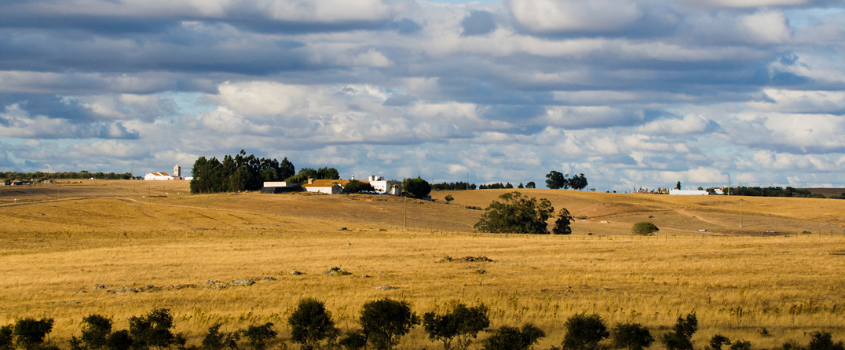
Rural landscape: Wheat fields, olive trees, cork oak forests, and vineyards reign supreme in these parts. The gently undulating landscape, with its hills and plains, stretches for miles and has an unparalleled beauty. Here, you can find small traditional villages and towns, with white houses and terracotta roofs.
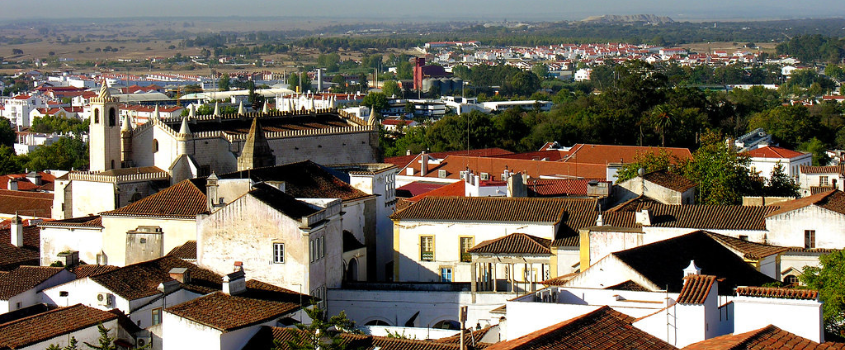
Urban landscape: Linked to the region's past and history, the urban areas of the Alentejo are home to historic towns and villages with a rich architectural and cultural heritage. Cities such as Évora, Elvas, or Portalegre paint the Alentejo landscape with their medieval buildings, walls, and fortifications.
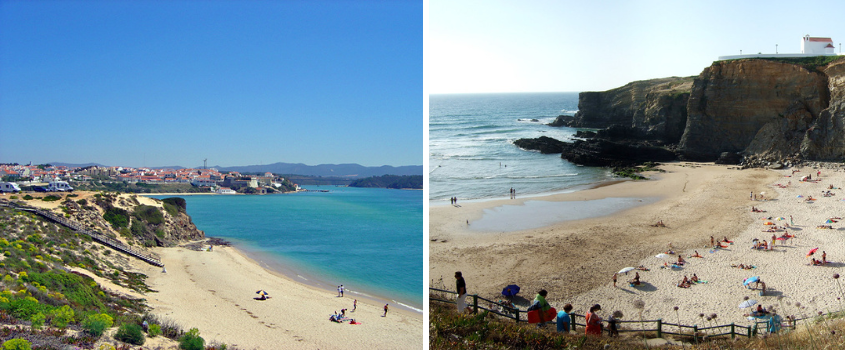
Coastal landscape: The Vicentine Coast is one of the most unspoiled areas of the Portuguese coast and with good reason. Much of the Alentejo coastline is covered by the Southwest Alentejo and Vicentine Coast Natural Park, to protect wildlife and coastal landscapes. This area is known for its dramatic cliffs and tranquil beaches, the best-known being the Beach of Zambujeira do Mar, the Beach of Malhão, and the Beach of Vila Nova de Milfontes. Skirting the coastline are beautiful traditional coastal villages such as Vila Nova de Milfontes and Porto Covo.
The Alentejo region has stunning scenery, both inland and on the coast, from north to south. It boasts an impressive UNESCO-listed Heritage Site that is well worth discovering. Its rich historical and cultural heritage is evident in the cities, towns, and villages, which have a unique charm. And, as if that weren't enough, the food and wines are a real temptation that you won't be able to resist.
Convinced to visit the Alentejo? You're sure to love it as much as we do.
If you want to see other attractions or have other experiences when you visit the Alentejo, explore the tours and activities selected for you.
Visit Living Tours for more travel experiences in Portugal and Spain. And explore more travel ideas on the Living Magazine Blog.
Did you like it?
Average votes: 5.00 of 5
Go Back to the Blog






